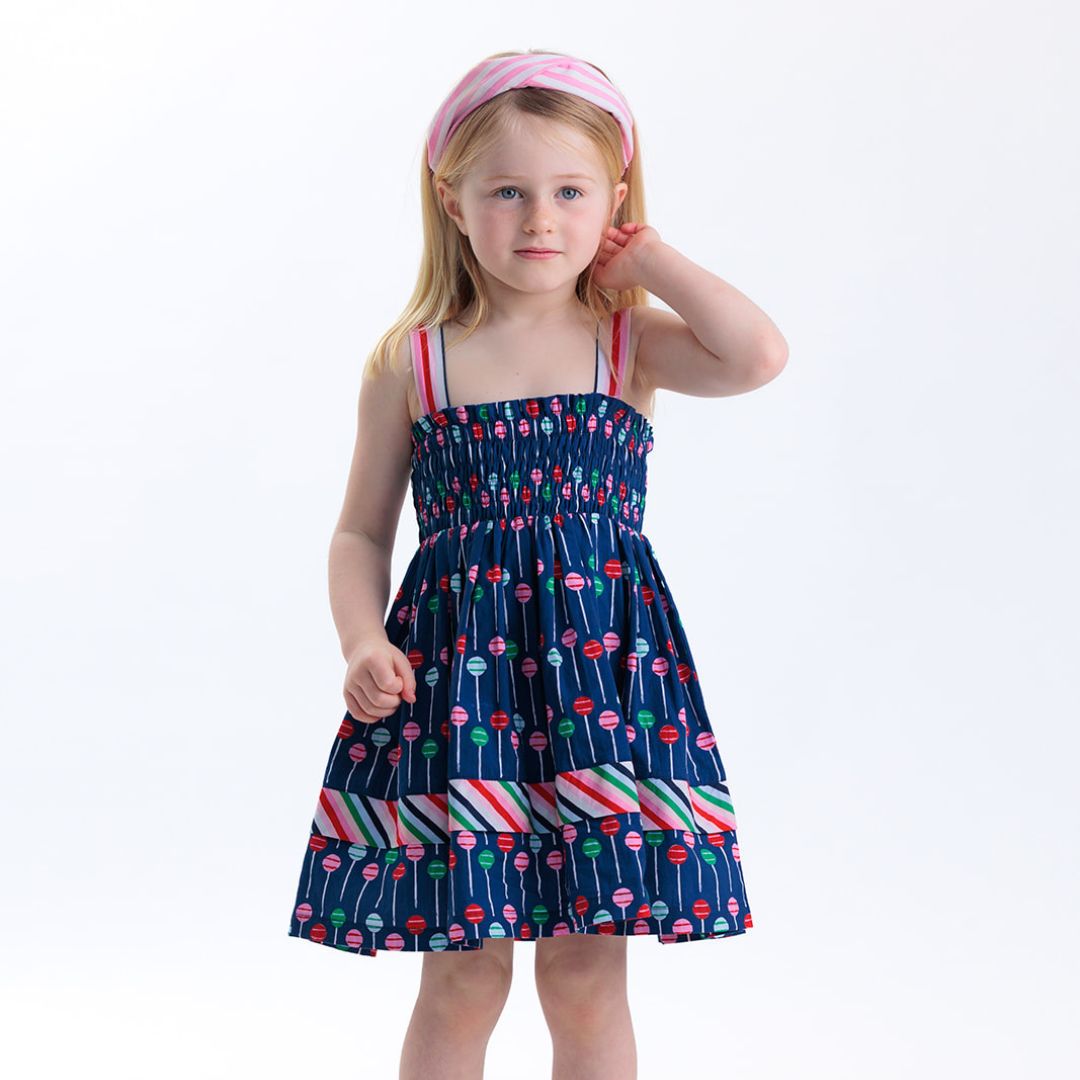Offer
Provide additional details about the offer you're running.
This store requires javascript to be enabled for some features to work correctly.

Parents and caregivers are often caught in the crossfire of comfort, sustainability, and practicality when it comes to picking out great clothing for children. Thankfully, our team at Macrae Skye is here to simplify the clothing purchasing process so you can easily find ideal items for your little ones. Read on and learn what to know about natural versus synthetic fabrics in kids’ clothing.
Natural fabrics come primarily from plants and animals and have been the bedrock of human clothing for millennia. Cotton, linen, wool, and silk are popular examples that feel comfortable against the skin and offer breathable properties, making them particularly suitable for kids’ clothing. Their environmental sustainability is one of the hallmark benefits of natural fabrics. Since we can derive them from renewable resources and they are biodegradable, choosing natural fabrics aligns with eco-friendly practices, reducing one’s ecological footprint and promoting a healthier planet for future generations.
Unlike their natural counterparts, synthetic fabrics are man-made fibers created through chemical processes. Polyester, nylon, acrylic, and polypropylene are common synthetic materials in children’s clothing. Many celebrate these fabrics for their strength, durability, and resistance to stains and wrinkles, making them particularly attractive for active children and busy parents. Additionally, synthetic fibers often have moisture-wicking properties that keep moisture away from the body, an essential feature for sportswear and outdoor clothing.
However, while these fabrics excel in durability and maintenance, they may not offer the same level of breathability and comfort as natural fibers. A critical aspect of synthetic fabrics is their environmental impact. These materials are petroleum-based and require significant energy for production. Furthermore, they are not biodegradable, contributing to the growing problem of microplastic pollution as they slowly break down.
Organic children’s clothing, made from natural fabrics not treated with pesticides, synthetic fertilizers, or other chemicals, offers many benefits. First and foremost, these organic options are gentler on the skin, making them ideal for children who suffer from allergies or have sensitive skin. Since children’s skin is more permeable than adult skin, choosing clothing that minimizes exposure to harmful chemicals is crucial. Additionally, organic cotton and wool, for instance, are soft and offer superior breathability. This natural regulation of temperature helps to keep children comfortable, whether they’re engaging in vigorous play or resting.
Kids aren’t the only ones who benefit from comfy, high-quality clothing made from natural fabrics; parents can save more money long-term by investing in organic clothing! Natural fabrics in kids’ clothing tend to have a longer lifespan than synthetic alternatives, translating into significant savings for families over time. The inherent durability of materials like cotton and wool means that garments can withstand daily activities and frequent washings without losing shape or appeal. This robustness allows families to pass down clothing from one child to another, further extending its lifecycle and reducing the need for constant replacements.
Here’s what you should know about natural versus synthetic fabrics in kids’ clothing, kids overwhelmingly prefer the comfort and durability of natural fabric items. Plus, parents benefit from not having to purchase new shirts and dresses after only a few cycles in the washing machine! Explore our amazing selection of sustainable girls dresses and related natural clothing items at Macrae Skye today.
And get 15% off your first order!